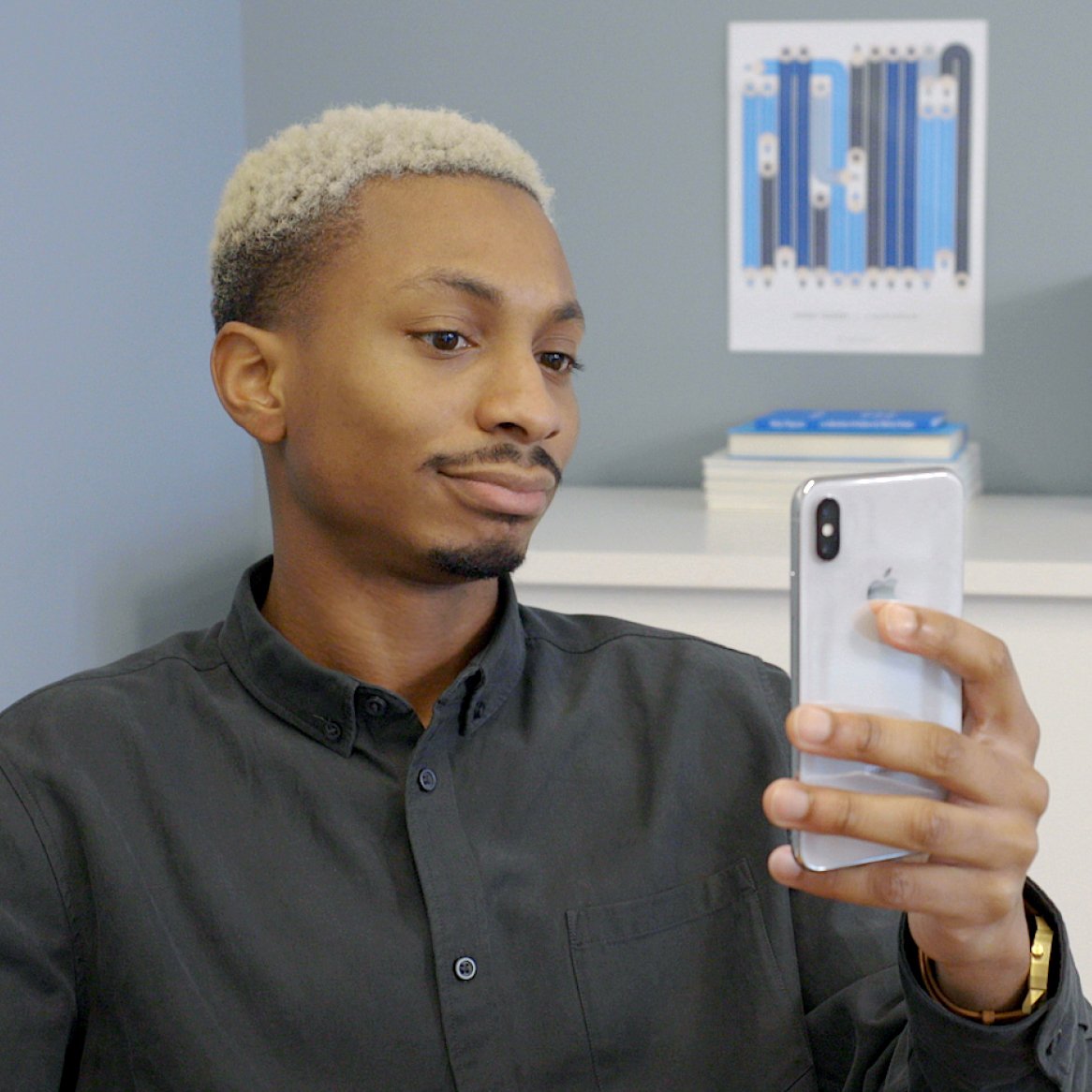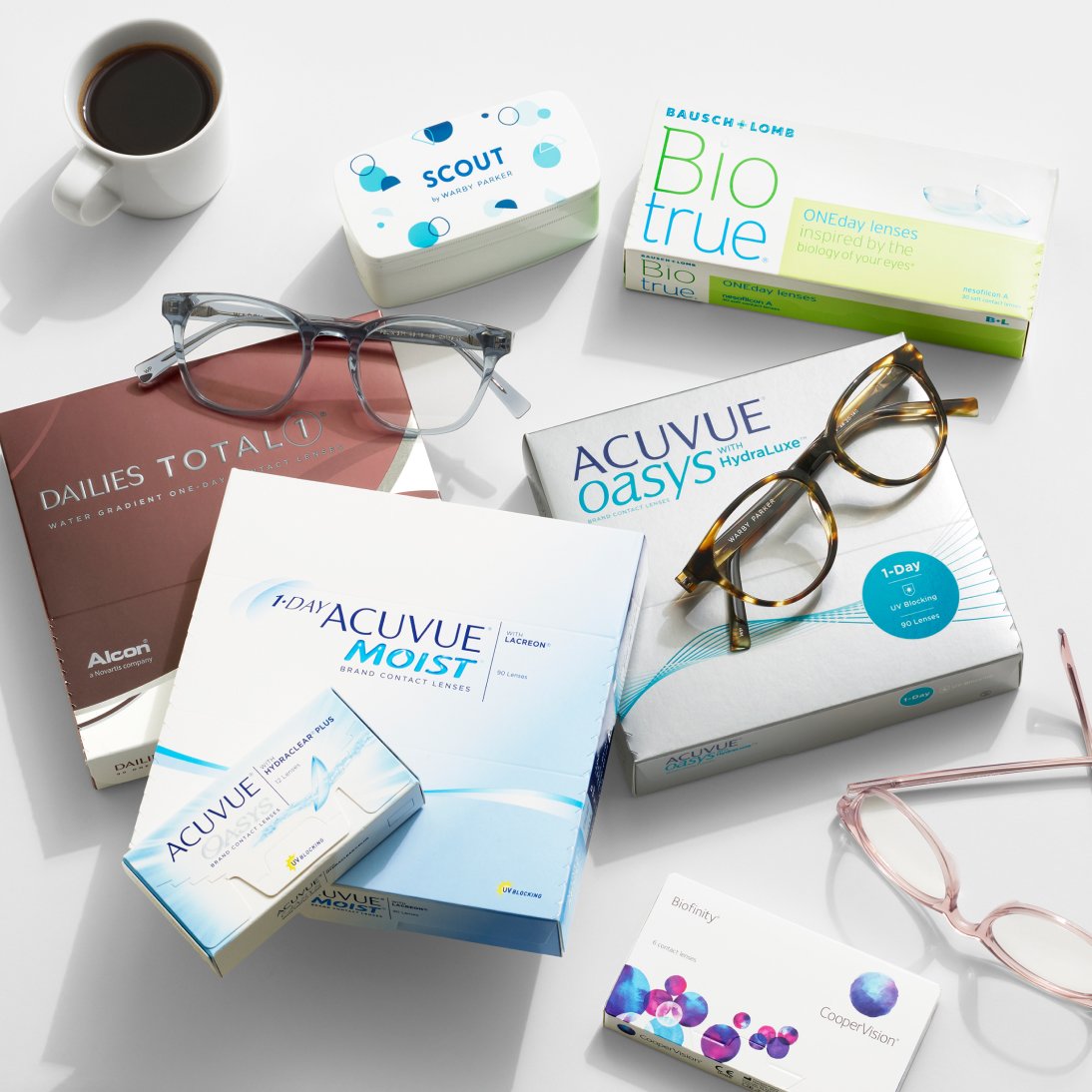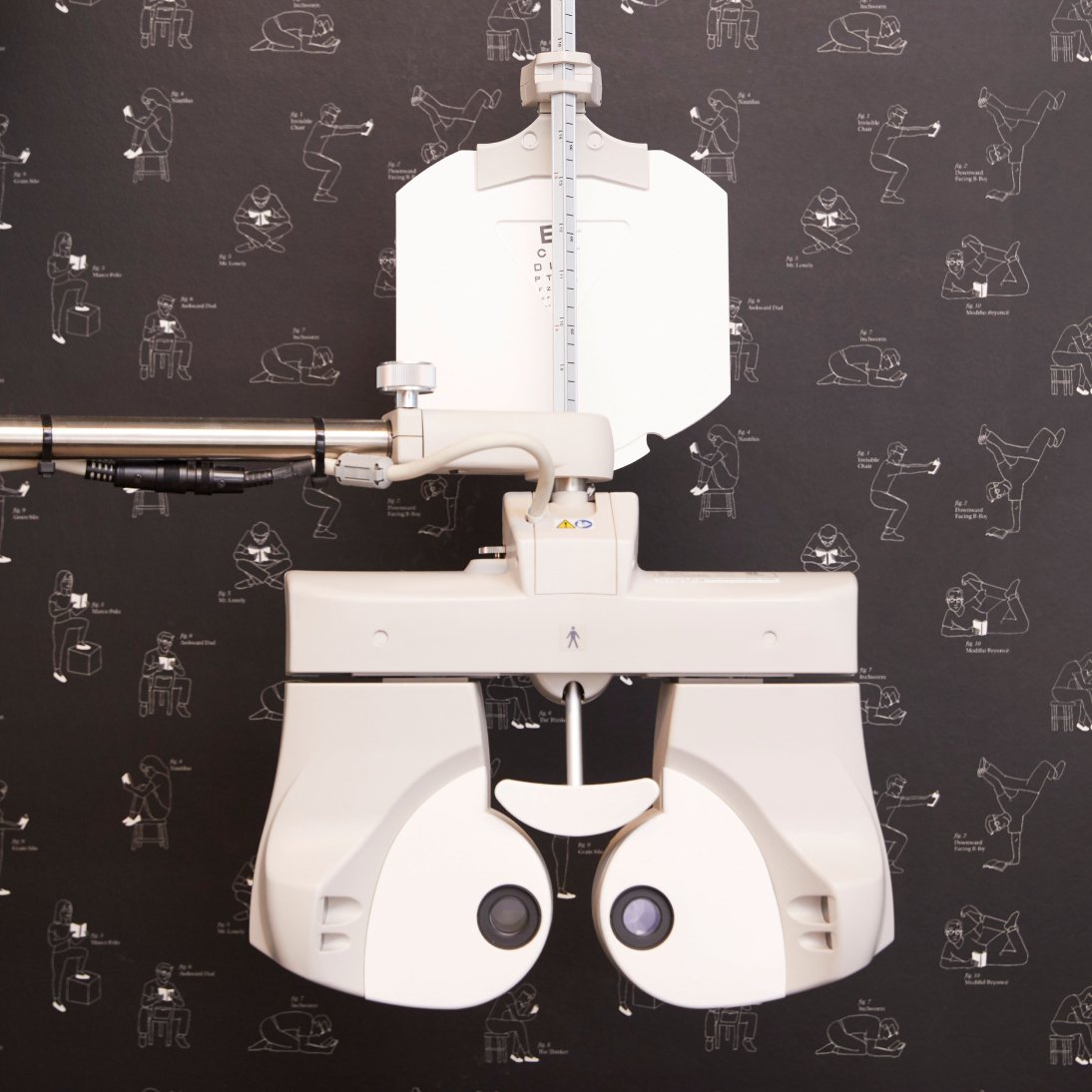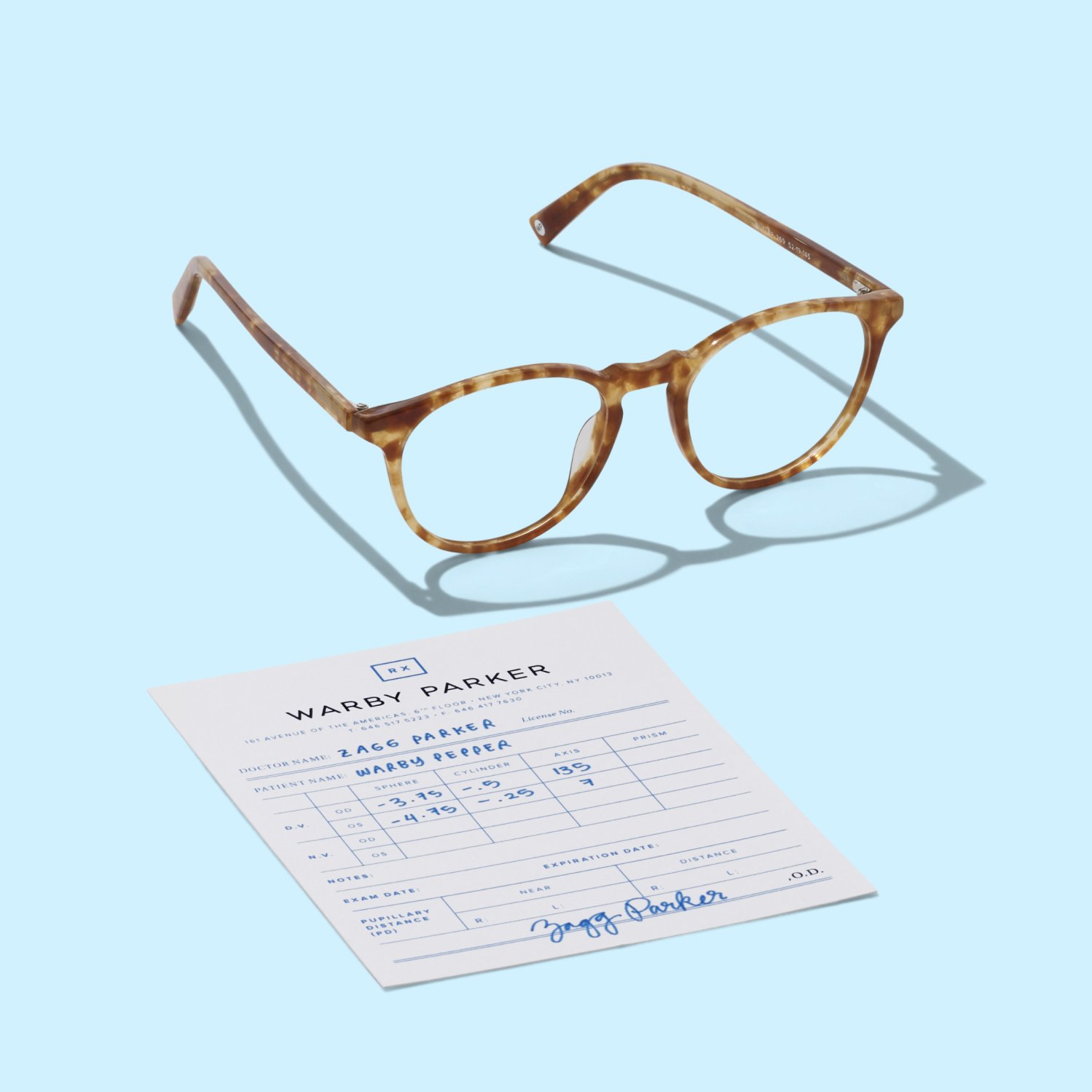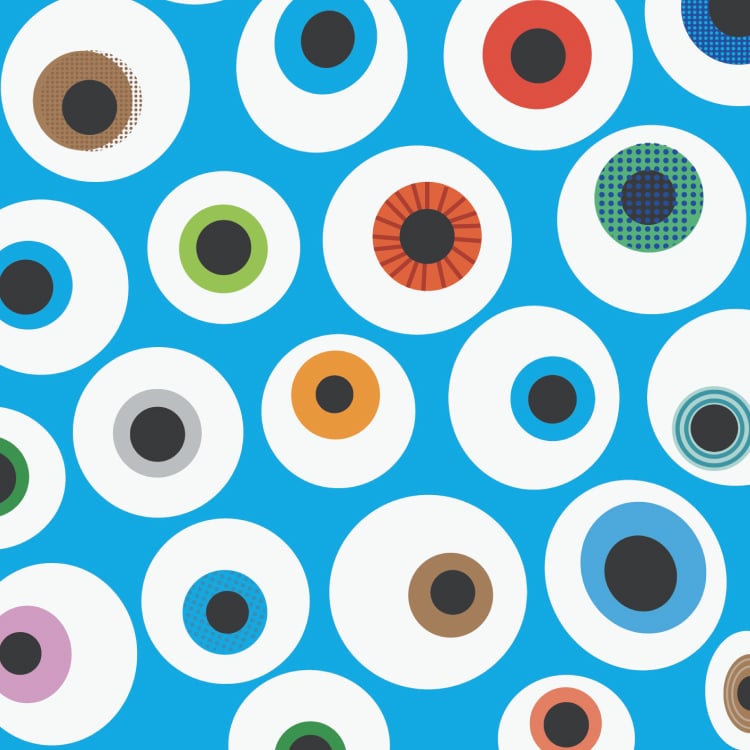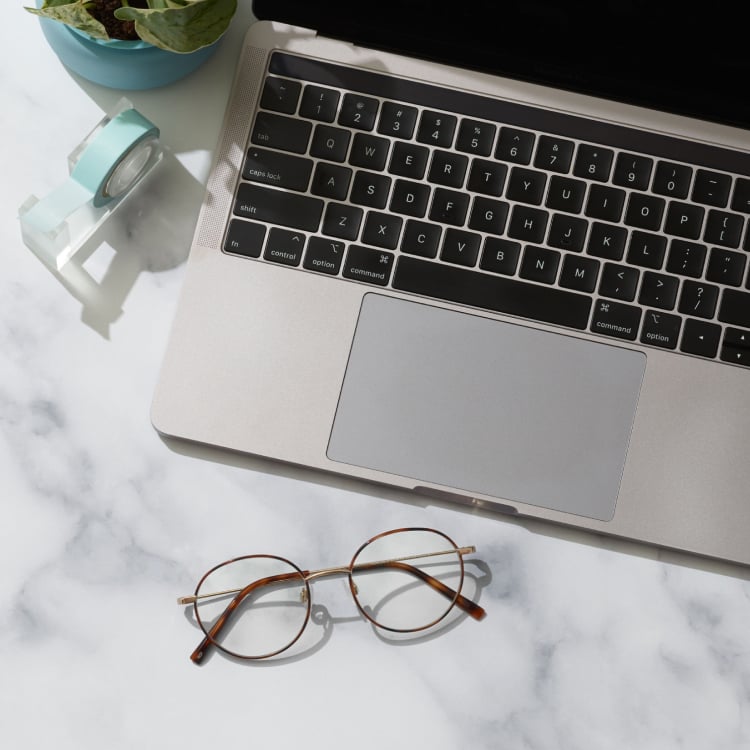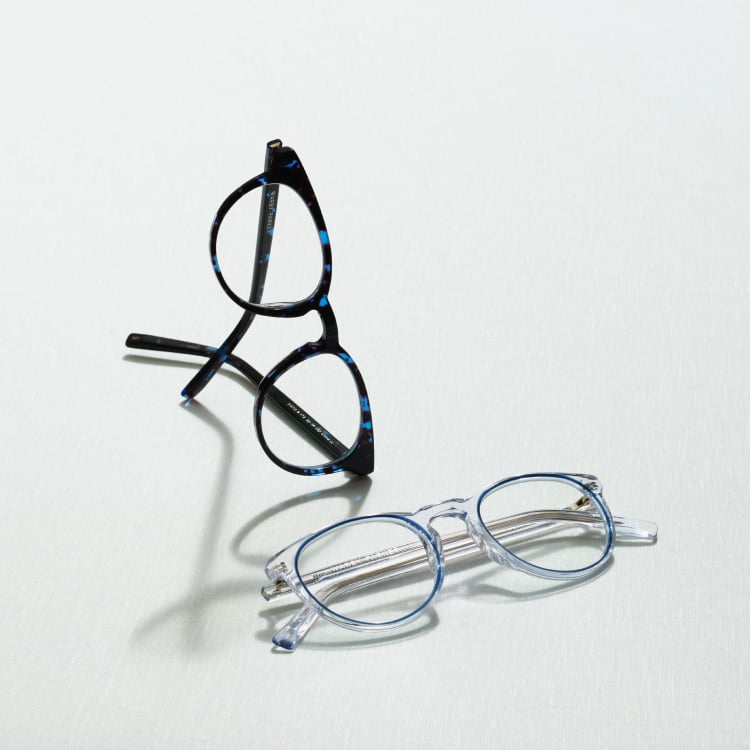Eye Strain: Symptoms, Causes, and Treatment
Disclaimer: Sponsored content.
It’s the middle of the day and you’re pretty sure you slept well last night. All the same, your eyes feel heavy and fatigued. You might feel a pull behind your eyes or sense a headache coming on. You may even have to make a conscious effort to keep images or text in focus. It’s tough to stay on task—when your eyes are struggling, the rest of you struggles, too.
If this scenario sounds familiar, then you may have been experiencing eye strain. It’s an increasingly common problem that can impact your day-to-day functioning, not to mention your emotional state. Luckily, eye strain is easy to spot and treat once you understand why it happens.
The right type of prescription eyewear can help reduce some of the symptoms associated with eye strain. Discuss with your eye doctor whether an option like antifatigue glasses will be suitable for you.
And, if you’re a contact lens wearer, an eye doctor can assess your contacts to ensure that they are the best option for you. For example, a contact lens such as ACUVUE® Oasys 1-Day is a thin, comfortable, but highly hydrating lens that can reduce some of the dryness and irritation felt with other contacts.
Tired eyes?
ACUVUE® contact lenses keep your eyes feeling fresh with moistening HydraLuxe® technology.
What Is Eye Strain?
Eye strain is a set of uncomfortable symptoms that occur when you are overexerting your eyes. These symptoms can include headaches, blurry vision, or a need to simply shut your eyes and take a break.
You may have been driving for a long time, staring at a screen, or crocheting a scarf—any activity that involves prolonged, intense use of your eyes can strain them.
Eye strain is also known as eye fatigue. There’s a medical term related to eye strain as well: asthenopia. However, this term usually references eye strain caused by an incorrect prescription or an ocular abnormality.
You may have also heard the term digital eye strain, also known as computer vision syndrome. This type of eye strain is caused by using digital devices, such as smartphones, tablets, and computers.
What Causes Eye Strain?
Eye strain can be caused by almost anything that requires a lot of work from your eyes. Focusing at a set distance away from you for a long period of time, whether that distance is near or far, puts a lot of pressure on your peepers.
Some of the more common causes of eye strain include:
- Close-up tasks requiring attention to small details, such as cross-stitching or painting small models
- Reading, writing, driving long distances, or other activities that require focus for long periods of time
- Having a separate, underlying eye problem, such as an uncorrected refractive error, dry eyes, or issues with your eye muscles
- Being in an environment that’s poorly lit (too bright, too dim, or with glare)
- Being in an environment that’s too dry, especially one with a fan or heating system
- Being stressed out or tired more generally
Digital eye strain is becoming so widespread that it warrants its own list of causes. Looking at a screen without taking a break for more than an hour or two can lead to eye strain by itself, but so can:
- Unconsciously blinking less often when viewing a digital device
- Looking at a screen with glare or improper lighting
- Viewing a digital device too close to your face
Eye Strain Symptoms
If you often engage in one or more of the above activities, you’re probably wondering: What does eye strain feel like? How can I tell if I have it?
Different people experience eye strain in different ways. Some might say that their eyes feel heavy and tired all the time, even when they’ve been getting enough sleep; others might get headaches, double vision, dryness, or a combination of all these problems.
The most common eye fatigue symptoms are:
- A pulling feeling behind your eyes, as if they are straining to focus
- Tired eyes, or eyes that feel heavy and difficult to keep open
- Irritated, burning, itching, dry, or watery eyes
- Blurred or double vision
- Headache (especially felt as a band of sensation across the forehead)
- Sensitivity to light
- Soreness or stiffness in your back, shoulders, or neck
- Difficulty focusing or staying on task, which can lead to diminished productivity
Due for a check-up?
Our optometrists can help.
5 Tips for Eye Strain Treatment and Prevention
Often, treating current eye strain can also prevent future fatigue, if you’re willing to adopt new habits.
Here’s how to relieve eye strain in five simple ways.
Make Sure You Have the Right Eyewear
Eye strain can be caused or exacerbated by uncorrected vision or an out-of-date eye prescription. Be sure to get your eyes checked annually so that you’re wearing the right contacts or glasses. Your optometrist can also recommend special lenses or coatings that may help with eye strain.
Anti-Fatigue Glasses for Eye Strain
Anti-fatigue lenses have a small boost in power at the bottom of the lens. This boosted zone helps your eyes to relax when performing close-up tasks, such as knitting, taking notes, or working at your computer. These lenses are specifically designed to relieve symptoms of eye strain and keep your vision from tiring out, especially when it has to keep switching between distances.
Reading or Progressive Glasses for Eye Strain
Reading glasses help you to view text clearly and conduct other kinds of close-up work. They’re primarily meant for people in middle age who are dealing with the effects of presbyopia—a loss of flexibility in the lens of the eye. (If you haven’t experienced presbyopia yet, you probably will when you hit 40 or so!) Prescription reading glasses might also be suitable for people with astigmatism or farsightedness.
Progressive glasses combine readers and prescription glasses into one. They include multiple powers in a single lens so that you can seamlessly switch between near, intermediate, and distance vision. Their “catch-all” nature makes them a great choice for people who are experiencing eye strain due to uncorrected refractive errors.
For more on progressives, read: What Are Progressive Lenses?
Contact Lenses and Eye Strain
If you’re a contact lens wearer and notice eye strain and other symptoms such as dry, irritated eyes, consider contact lenses that may offer more moisture throughout the day. Or, if you have a monthly lens, consider switching to a daily lens. A good option can be a contact lens such as ACUVUE® OASYS 1-Day, which continually moistens the eye by working with your natural tear film.
Practice Safe Screen Use
Limiting your screen time should help with eye strain symptoms. When you do need to be in front of your screen, make sure it’s set up appropriately: about two feet away from your face, and a bit below eye level.
Use a glare filter, fuss with the settings, and clean your screen regularly to keep its display easy on your eyes. If you find yourself struggling to make out characters on the screen, increase the default text size.
Also: remember to blink! Studies have shown that you subconsciously don’t blink as much when you’re focusing on a screen for long periods of time. Some people find that sticking a physical note on their monitor (write “Blink!” or something similar on it) works as a good reminder.
Take Breaks
Give your eyes a rest! Whenever you’re concentrating on something for a prolonged period of time, be sure to look away now and again to let your eyes recharge.
The 20-20-20 rule is a great guideline for when you’re doing close-up work. Every 20 minutes, look away from your screen or task and focus your eyes on an object that’s roughly 20 feet away. Do this for 20 seconds, then return to your task.
Your eyes also appreciate variety, so intersperse your screen time or reading time with other activities, such as going on walks, folding clothes, or practicing javelin-throwing (safely).
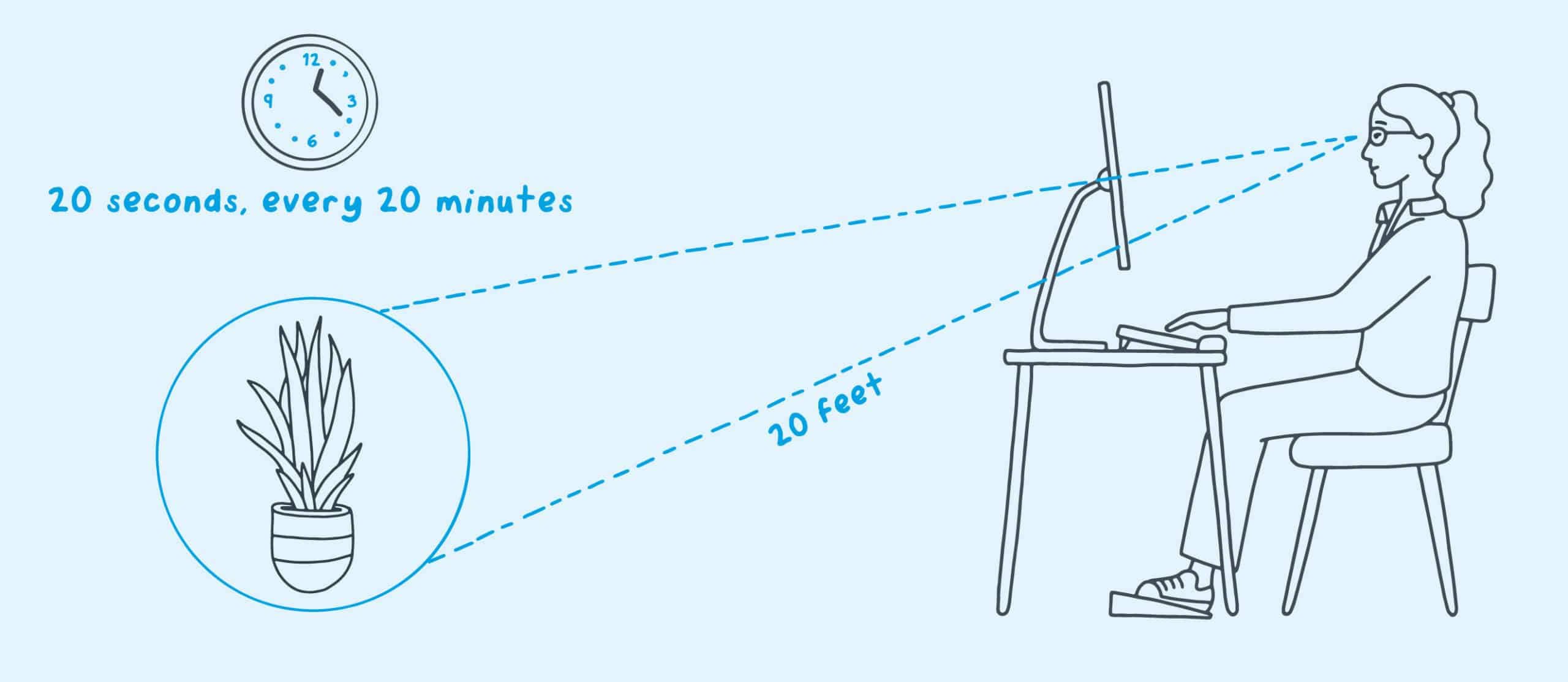
Lubricate Your Eyes
When used properly, artificial tears can provide relief from some symptoms of eye strain, particularly dry eyes. Apply drops to your eyes to keep them comfortable and moist—but only after checking with your eye doctor to make sure you’re using the drops best suited to your needs.
Keeping the drops cool in the fridge can also increase your relief (and ensure that you know when they’ve gotten into your eyes properly!).
Pay Attention To Lighting and Air Quality
Overly bright or dim lighting can put stress on your eyes. Make sure that you can see whatever you’re viewing clearly, and that you’re not squinting or constantly re-adjusting your position.
If you’re reading something close to your face, take advantage of a light source that sits behind you and shines right onto the page. If that’s not possible, utilize a lamp or light with a shade so that you’re not getting strong light directly in your eyes.
When using screens, be aware of glare and reflections. Adjust your screen’s settings so that it’s comfortable to look at and consider getting anti-glare filters. When watching TV, keeping the room softly lit can offset the harsh glow of the screen.
Air blowing from vents and fans (even if it’s not blowing directly at you) can quickly dry out eyes and cause eye strain. Take note of where any fans or heating system vents are located and try to sit in a different area, or further away from them. Humidifiers can help to decrease dryness in the air, and air cleaners can filter out irritants such as dust.
Other Eye Strain Questions
As you try to find relief from eye strain, you may be wondering how it will impact your eyes long-term, or whether it might stop on its own. You’ve got questions, we’ve got answers.
Is Eye Strain Permanent?
No, eye strain is not permanent and does not cause lasting damage to your eyes. But it is uncomfortable and should be addressed.
Sometimes, eye strain can also point to an underlying issue with your eye that should be diagnosed by an optometrist. So, if you’re having symptoms of eye strain, it’s best to schedule an eye exam.
Can Eye Strain Heal on Its Own?
Eye strain won’t go away while you’re still taxing your eyes. You’ll have to stop whatever activity is causing the strain, make changes to your environment and habits, and/or consult your optometrist for recommendations.
Thankfully, eye strain is usually easy to treat, and there’s technically nothing to “heal.” Your eyes just crave some rest!
How Long Does Eye Strain Last?
If you’re experiencing eye strain, it will likely persist until you give your eyes a break from intense use. Certain symptoms can also last longer than others—your eyes may feel better quickly, while a headache could take longer to go away.
How Long Does It Take for Eye Strain To Go Away?
Once you stop engaging in the activity that caused the eye strain in the first place, your eyes should feel some relief. It may take a while—in some cases, a matter of hours—for your eyes to completely relax and reset, and for other symptoms to subside.
Stop Eye Strain Before It Starts
Eye strain can be a real bother, but you can usually fix it on your own. Track your episodes of eye strain to identify what triggers it, and take steps to give your tired eyes the right amount of rest. You might also try products that can relieve eye strain while correcting your vision, such as anti-fatigue glasses. As always, if your eye strain symptoms are severe or don’t seem to be letting up, give your optometrist a call. Your eyes deserve to be strain-free!
The doctor will see you now
Get your annual eye exam from an expert optometrist at a nearby Warby Parker store.
Book an appointment

